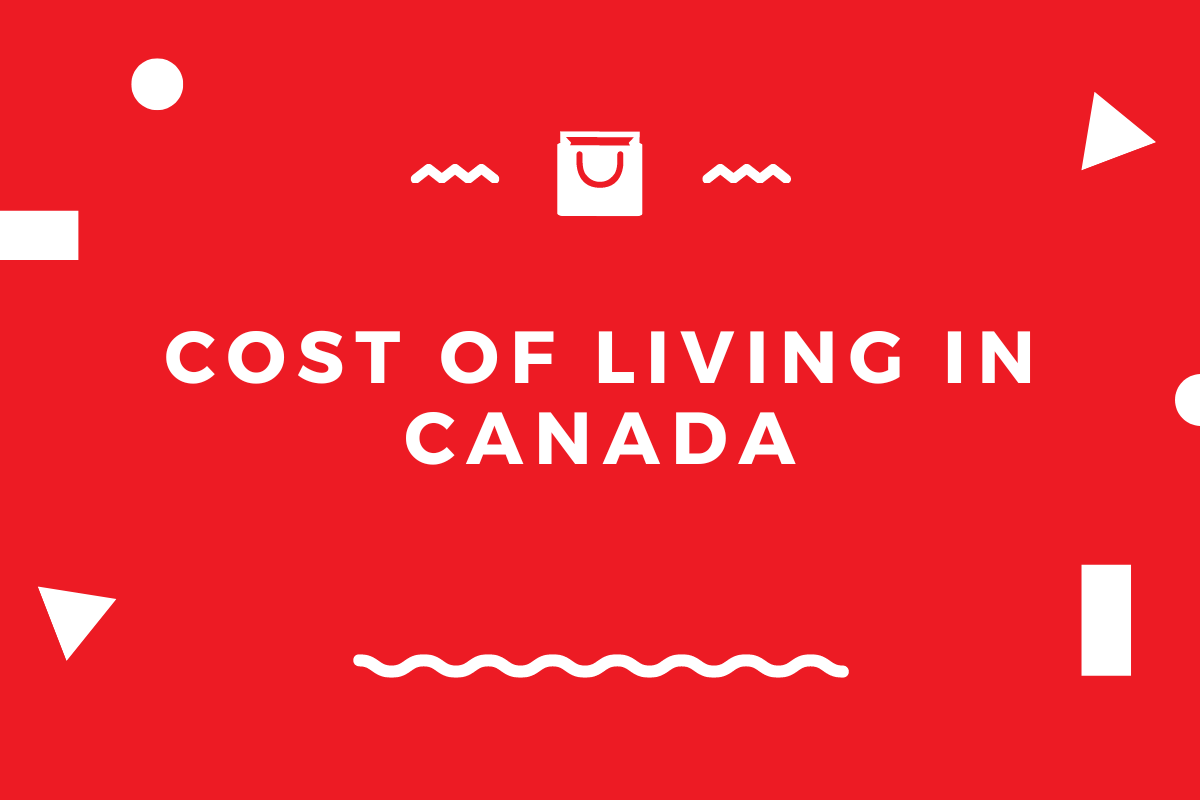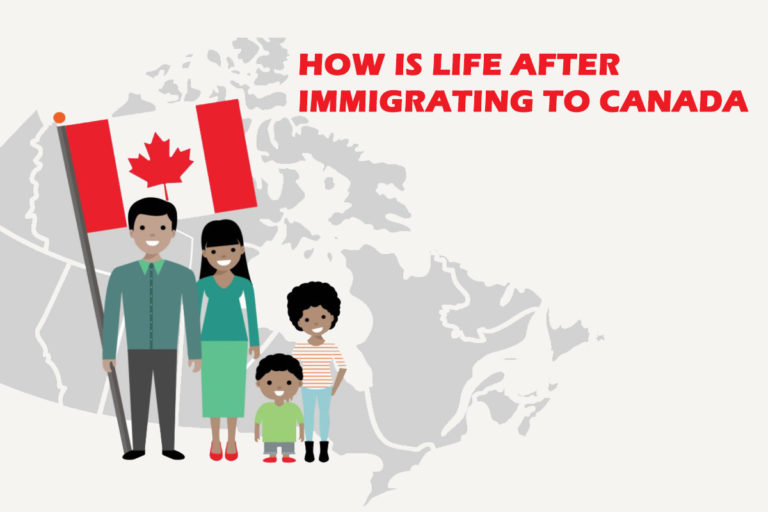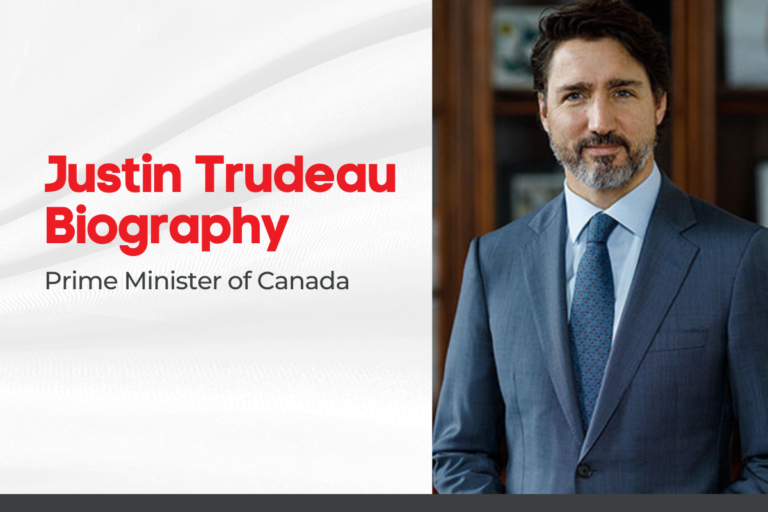Cost of Living in Canada 2023
The cost of living in Canada can vary depending on location, but generally it is considered to be high. Some of the major expenses for residents include housing, transportation, food, and healthcare.
Housing costs can be high, especially in larger cities like Toronto and Vancouver. The average cost of a home in Canada is around $500,000 and rental costs can be around $1,500 to $2,000 per month for a one-bedroom apartment.
Transportation costs can also be high, especially in larger cities where owning a car is necessary. Gas prices can be high and public transportation can be expensive.
Food costs can vary depending on where you shop and how you cook your meals. Eating out in restaurants can be expensive, but it is possible to find affordable options. Grocery costs can be similar to those in the United States.
Healthcare in Canada is provided by the government and is free for residents, but there can be wait times for certain procedures and treatments.
Overall, it’s worth noting that the cost of living in Canada can be high, particularly in larger cities, but it is still generally considered to be lower than in similar countries like the United Kingdom or Australia.
Housing costs in Canada
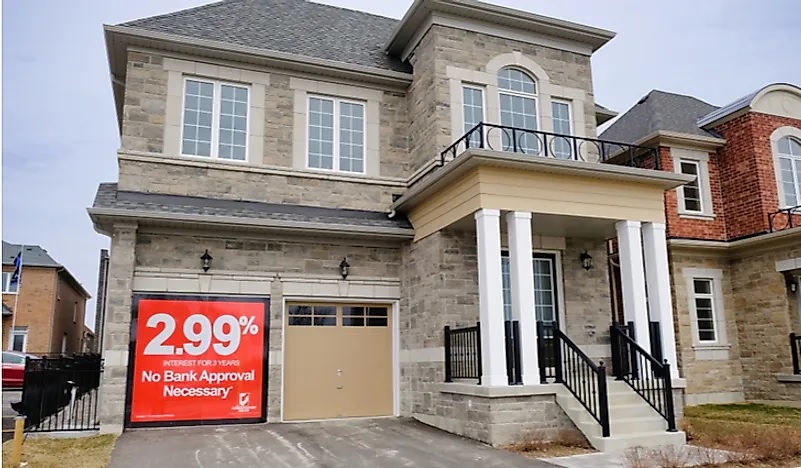
Housing costs in Canada can vary depending on location, but in general, they are considered to be high. The average cost of a home in Canada is around $500,000, although this can vary significantly depending on the region. In major cities like Toronto and Vancouver, the cost of housing is particularly high, with the average home price in these cities being over $1 million.
Rental costs can also be high, particularly in larger cities. The average cost of a one-bedroom apartment in a major city can be around $1,500 to $2,000 per month. Rental prices are generally lower in smaller towns and rural areas.
There are also different types of housing available in Canada, including apartments, condos, townhouses, and single-family homes. The cost of each type of housing can vary depending on location and the specific features of the property.
It’s worth noting that the housing market in Canada can fluctuate, and the prices can change depending on supply and demand. The prices have been going up for the past years, but with the current pandemic, it has affected the market and prices have decreased in some cities.
Transportation costs in Canada
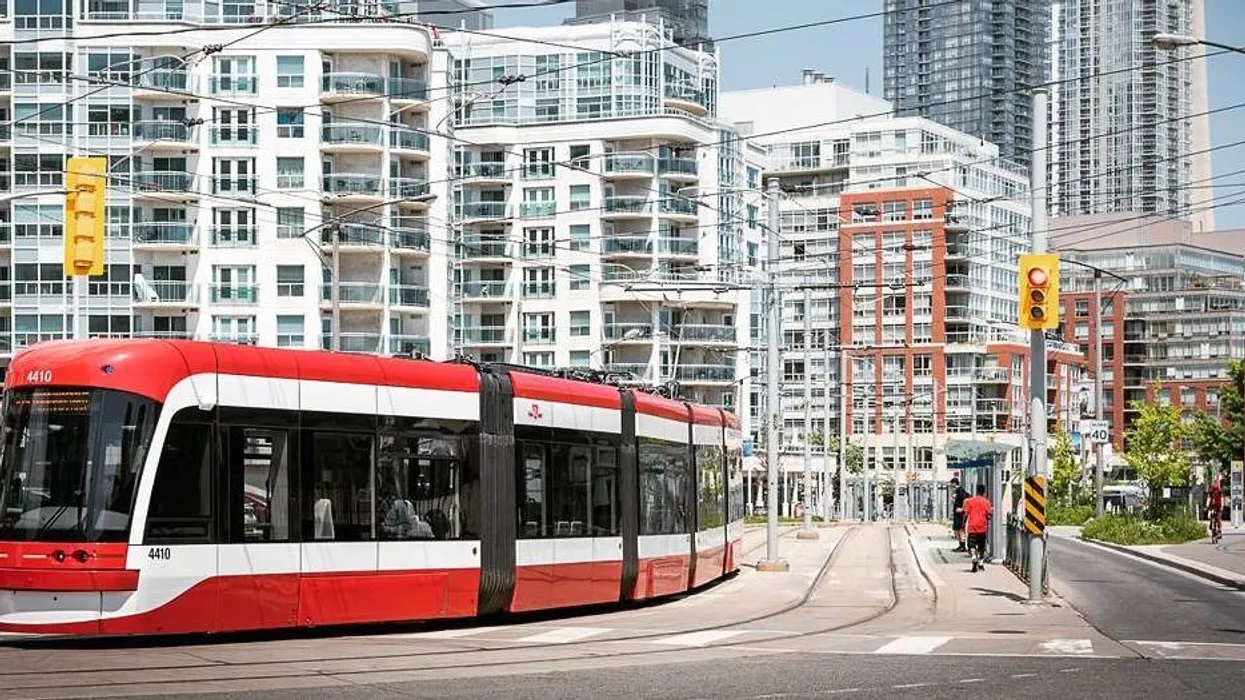
Transportation costs in Canada can vary depending on location and the mode of transportation used. In general, transportation costs in larger cities can be high, while they are generally more affordable in smaller towns and rural areas.
Owning a car can be expensive in Canada, particularly in larger cities where the cost of gas and parking can be high. Public transportation can also be expensive, with monthly transit passes costing around $100 to $150 in major cities. Taxis and ride-sharing services like Uber can also be costly, especially in larger cities.
Bicycling can be an affordable option for transportation in some cities, but it is not always practical due to weather conditions and the lack of infrastructure.
In Canada, governments at different levels provide public transportation services, so the prices can vary depending on the city or region, some offer discounts for students, seniors, low-income residents and so on. It’s also worth noting that some cities have implemented bike-sharing programs which can be an affordable and environmentally-friendly option.
Overall, transportation costs in Canada can be high, particularly in larger cities, but there are various options available to help keep costs low, such as public transit and bike-sharing programs, as well as carpooling and walking when possible.
Food costs in Canada
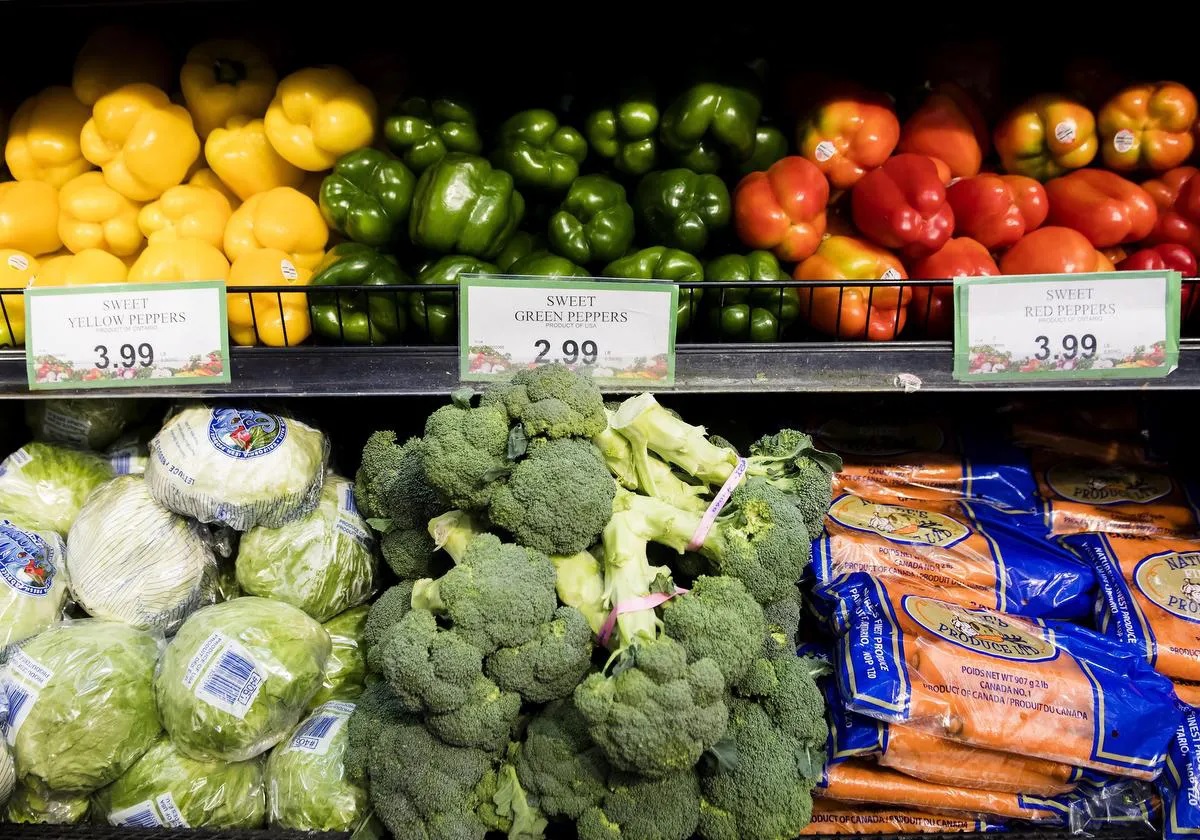
Food costs in Canada can vary depending on where you shop and how you cook your meals. Eating out in restaurants can be expensive, but it is possible to find affordable options. Grocery costs can be similar to those in the United States.
Grocery shopping can vary in prices depending on the store, with some larger chain supermarkets offering lower prices than smaller, specialty stores. Buying in bulk and shopping for sales can help keep costs down. Fresh fruits and vegetables can be more expensive than in other countries, specially in the northern regions.
Eating out at restaurants can be more expensive than cooking at home, but there are options for more affordable meals such as street food, food trucks, and fast food chains.
It’s also worth noting that some cities have farmers’ markets and community gardens where residents can purchase fresh, locally-grown produce at a lower cost.
Overall, food costs in Canada can be similar to those in the United States, but they can vary depending on where you shop and how you cook your meals. Cooking at home and shopping for sales can help keep costs down, while eating out at restaurants can be more expensive.
Healthcare in Canada
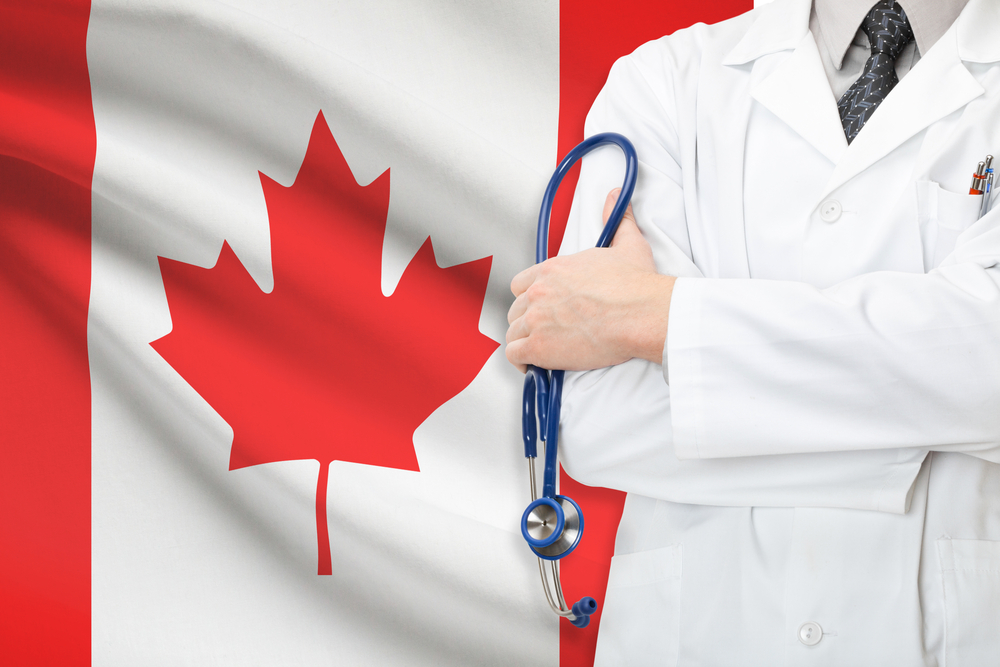
Healthcare in Canada is provided by the government and is free for residents, however, there can be wait times for certain procedures and treatments.
Canada has a publicly-funded healthcare system, which means that all residents have access to basic medical care without paying out-of-pocket costs. This includes services such as doctor visits, hospital stays, and prescription drugs.
The healthcare system in Canada is operated at the provincial and territorial level, which means that the services provided and the way they are delivered can vary depending on where you live. However, the basic principles of the healthcare system are the same across the country.
One of the main criticisms of the Canadian healthcare system is that wait times for certain procedures and treatments can be long. This is due to a shortage of doctors and hospital beds in some areas, as well as a high demand for certain services.
Overall, healthcare in Canada is considered to be high quality and accessible to all residents, but there can be wait times for certain procedures and treatments. The government continues to invest and make changes in the system to improve the access and quality of healthcare.

